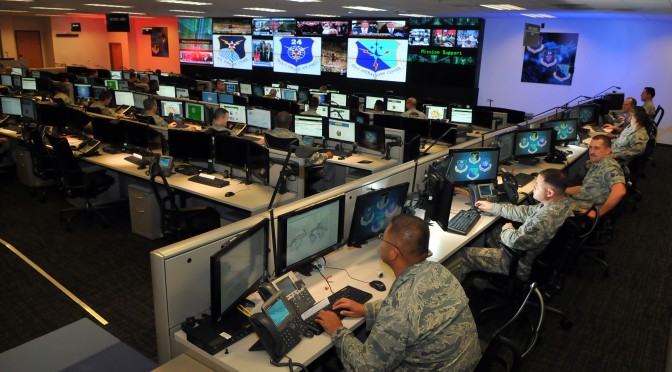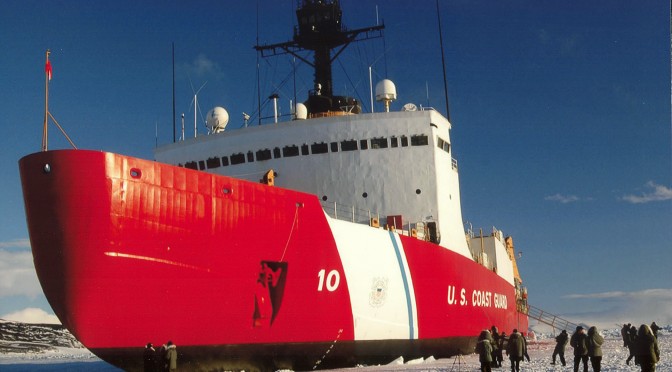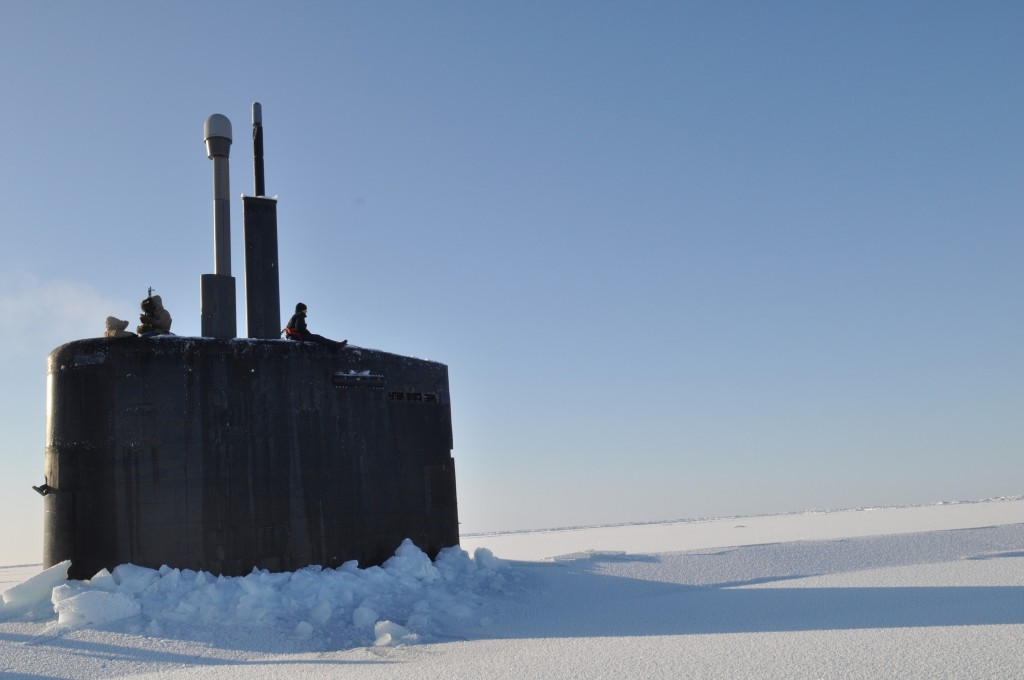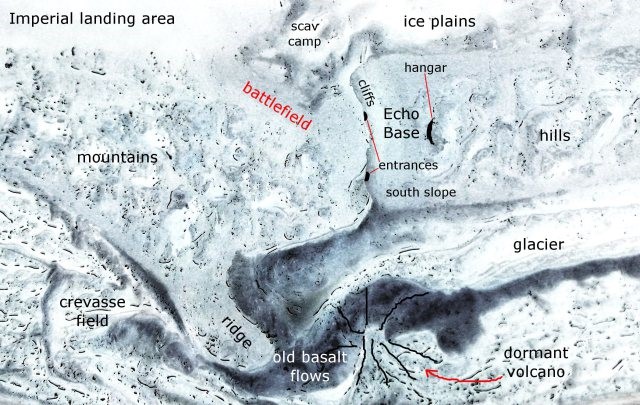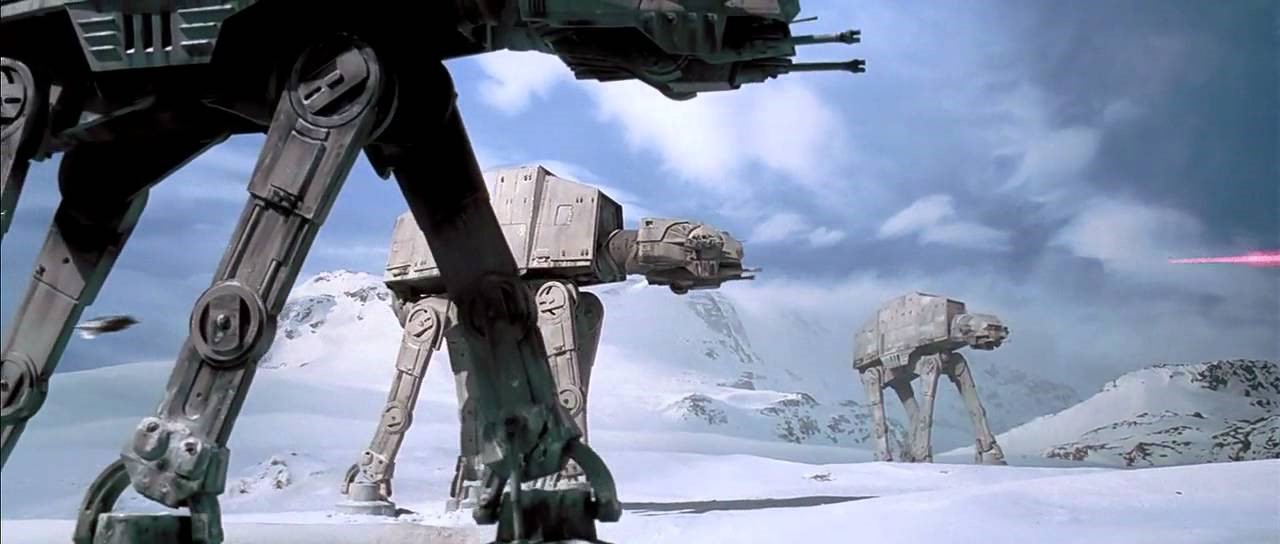By Don Donegan
The US needs a Cyber Corps as a new Service to successfully meet challenges in the cyber domain, but almost as importantly, to harvest military talent in an innovative manner. And we have a blueprint in front of us.
[otw_shortcode_button href=”https://cimsec.org/buying-cimsec-war-bonds/18115″ size=”medium” icon_position=”right” shape=”round” color_class=”otw-blue”]Donate to CIMSEC![/otw_shortcode_button]
The emergence and evolution of “cyberspace” as a warfare domain on par with the air, land, maritime, and space domains presents one of today’s fundamental military challenges – although cyberspace is somewhat awkwardly qualified as being “within the information environment.”[1] A new “front” in the cyberspace operations discussion continues to emerge as defense experts call for a separate cyber force, an idea raised notably by retired Admiral James Stavridis as one of his “heretical propositions on US defense policy[2]” and in recent Congressional testimony. With its own domain, acknowledged adversaries, and a continually increasing impact on warfighting, cyberspace should be the principal operating domain for a separate branch of the US Armed Forces, the US Cyber Corps (USCC).
To maximize the effectiveness of cyberspace operations (to include cyberspace attack and cyberspace counter-attack)[3], a service branch dedicated to and centered upon offensive cyberspace operations would lay the foundation to ensure warfighting success. The obvious historical analogy for the establishment of USCC is the evolution of the US Air Force (USAF), from its beginnings within the US Army to its designation as a service within its own department, including sharing responsibilities in the air domain with the other services. Post-World War II US military operations are difficult to re-imagine without the contributions of a military service primarily focused on the air domain – even if a separate air service seemed incomprehensible to military officers a century ago. However, USCC could have another historical precedent: the Navy-Marine Corps relationship as two services within a single Department. Considering the evolution and broad nature of the cyberspace domain, the Department of the Air Force makes sense as the logical “umbrella” for both the USAF and USCC.
Based on USAF responsibilities in three domains (air, space, and cyberspace) and its core mission of global strike, creating the USCC under the auspice of the Department of the Air Force is a bold and innovative yet natural evolution for the Department. Separating the cyberspace mission from the air and space missions creates an opportunity to fully focus on the unique challenges in cyberspace operations. Placing USCC within the Department of the Air Force capitalizes on USCC-USAF linkages and allows them to share key resources. The Navy-Marine Corps dynamic within the Department of the Navy provides an initial blueprint for the expanded Department of the Air Force.
The principal advantages of establishing USCC as a Service within the Department of the Air Force include:
- Fully dedicating a Service’s resources to the cyberspace domain, with a particular emphasis on cyberspace operations as a global strike capability.
- Leveraging existing support and relationships with its sister Service in order to maintain existing USAF capabilities and control costs. In addition, the Departments of the Army and Navy would cede some cyberspace responsibilities and associated funding to USCC, offsetting some costs.
- Providing a principal Defense Department entity for cyberspace operations to execute and coordinate at the same level as the other Services, particularly with regard to POTUS/SECDEF tasking as well as Defense Support to Civil Authorities (DSCA).
- Developing the roles, responsibilities, and authorities required for cyberspace operations, particularly offensive cyberspace operations, in the manner today’s Services do for the other domains.
- Creating a new paradigm for accessing, training, educating, retaining, and advancing the talent pool for cyberspace operations.
The new paradigm in personnel management presents perhaps the strongest argument for establishing USCC: providing this new service the latitude to recruit personnel using non-traditional methods and criteria, and then to develop them professionally to be, first and foremost, “cyber operators.” Specific opportunities include:
- Capturing talent across the age spectrum by attracting and inducting experienced personnel, not just the 18-25 year old cohort, into the service.
- Opening the aperture to include professionals who do not match the typical profile for recruits or officer candidates, including those who may not be world-wide deployable – since USCC would not deploy as other Services do.
- Allowing US Air Force Academy graduates to select USAF or USCC as a service assignment and incorporating cyberspace in the Air University curriculum.
- Inducting cyberspace/information professionals who have specialized and excelled in those areas within their own Service (inter-service transfers).
- Growing true cyberspace professionals who compete for advancement, and thus leadership positions, on a level playing field with peers whose main focus is also the cyberspace domain.
As an alternative to establishing the US Cyber Corps, US Cyber Command (USCYBERCOM) could become more like US Special Operations Command (USSOCOM), employing SOCOM’s unique model of Title X responsibilities and authorities mixed with service-supported personnel and acquisition systems.[4] Like SOCOM, CYBERCOM would exercise worldwide responsibilities, plan and execute its special mission sets in coordination with geographic Combatant Commands, and maintain strong roots in each of the Services. However, this enabling option would miss the key opportunity presented in the US Cyber Corps proposal; namely, recruiting, educating, training, and retaining skilled personnel outside the traditional military accession and promotion systems.

A principal argument against US Cyber Corps is that today’s fiscal environment cannot support additional costs in terms of “bureaucracy.” However, some savings and efficiencies can be certainly be realized by other services divesting some cyberspace responsibilities. Additionally, USCC would need far fewer bases, much less equipment and logistics support, and fewer personnel that its sister services. Training, education, personnel support, and infrastructure can be shared with other services, with much of the support coming from within the Department of the Air Force.
Returning to the historical analogy, the political and fiscal circumstances following World War II also presented a less than ideal time to create a new Armed Service. However, with opportunities and threats in the air domain, the National Security Act of 1947 created the US Air Force – a controversial step at the time that seems inevitable in retrospect. Today’s fiscal circumstances and operational threats echo those post-World War II concerns. Perhaps in 50 years the choice to dedicate a service to the cyberspace domain will also appear to have been self-evident.
In conclusion, despite the importance of cyberspace operations as an operational enabler within and across the other domains, each service correctly focuses its acquisition and professional development efforts on winning the fight in its principal domain. A critical first step towards fully exploiting the potential of cyberspace operations is creating the foundation for a Service to “own” cyberspace as a warfighting domain. The formation of USCC would provide a unique approach, especially with respect to developing a professional cyberwarfare community, to enable the global, continuous reach of cyberspace operations.
Captain Donegan is a career surface warfare officer. A native of Hagerstown, MD, he graduated with merit from the United States Naval Academy in 1992 with a Bachelor of Science in History. He is also a graduate of both the American Military University with a Master of Arts in Military Studies (Naval Warfare) and the Naval War College. The views above are the author’s and do not represent those of the US Navy or the US Department of Defense.
[otw_shortcode_button href=”https://cimsec.org/buying-cimsec-war-bonds/18115″ size=”medium” icon_position=”right” shape=”round” color_class=”otw-blue”]Donate to CIMSEC![/otw_shortcode_button]
[1] JP 1-02, page 64.
[2] “Incoming: A Handful of Heretical Thoughts,” Adm. James Stavridis, USN (Ret.), Signal Magazine, 01 Dec 2015.
[3] Delineation of offensive and defensive cyberspace operations is a fuller topic. This article focuses on the need to establish the foundations for offensive cyberspace operations by creating USCC. Each Service retains responsibilities for cyberspace defense of its systems and platforms (analogous to force protection requirements).
[4] USCYBERCOM is a sub-unified command subordinate to U. S. Strategic Command (USSTRATCOM). Service elements include: Army Cyber Command (ARCYBER); Air Forces Cyber (AFCYBER); Fleet Cyber Command (FLTCYBERCOM); and Marine Forces Cyber Command (MARFORCYBER). Source: US Cyber Command Fact Sheet (Aug 2013),

